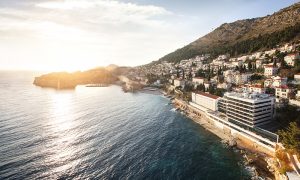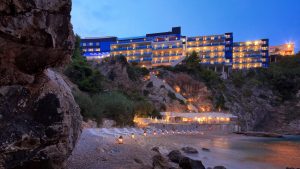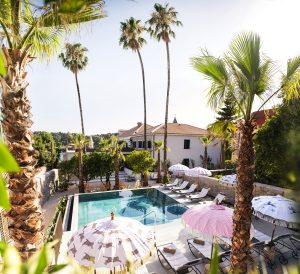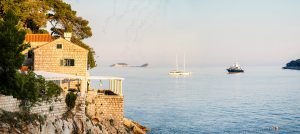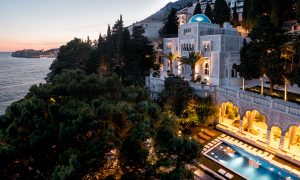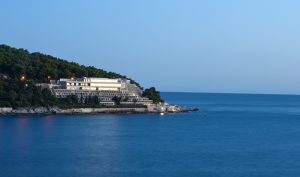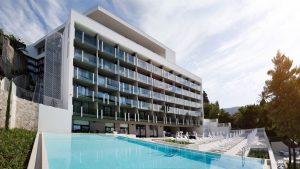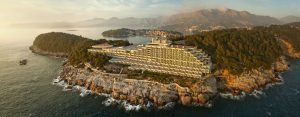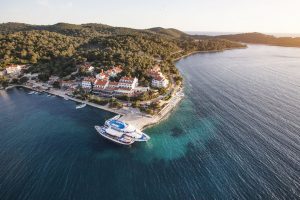BLAISE OF GLORY
Saint Blaise has watched over Dubrovnik for more than a millennium. His festivity is celebrated on February 3, a date which was, and remains the most festive and important day in Dubrovnik’s longstanding history.
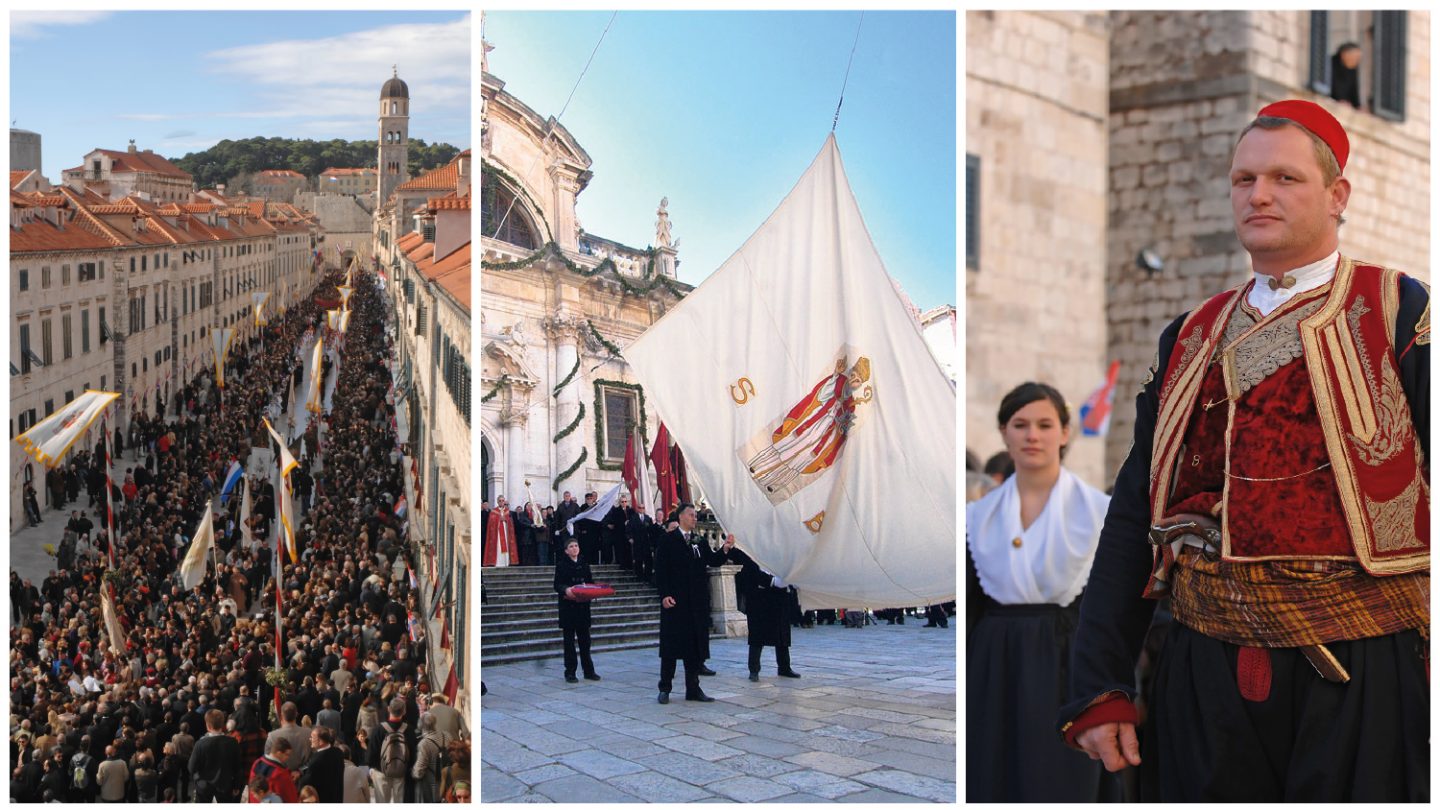
This year Dubrovnik marks 1045. celebration of St.Blaise, its patron-saint.
Citizens of Dubrovnik have celebrated St. Blaise as their patron since the year 972 AD, when allegedly he saved the Dubrovnik Republic from an attack by their rivals, the Venetians. The chroniclers record that Venetians anchored their ships in Gruž harbour and in front of the Island of Lokrum, under the pretence that they would sail for the Levant after they supplied themselves with food and drink. Instead, the visitors used the opportunity to see the sights and observe the weaknesses in the city’s defence.
However, St Blaise appeared to the town rector in a dream and warned him about the night attack. Preserving their independence, people proclaimed St Blaise as the patron of Dubrovnik, erected a church in his name and placed his image on their flag.More than just the patron-saint of Dubrovnik, St Blaise has become a reminder of the town’s tradition and culture, a confirmation of the existence of the ancient city, a symbol of the independence of the Dubrovnik Republic and its turbulent history, a spiritual and religious unification of the town and the countryside into one inseparable whole.
The deep connection between St. Blaise and the tradition and lives of the people of Dubrovnik is shown by the number of times he appears in reliefs and sculptures around the city.
THE MASS
The celebration itself reaches its climax the next morning, on February 3rd, with a solemn outdoor mass.The mass is followed by a procession of relics carried by the church clergy through the streets of the Old Town.
The whole ceremony is almost mystical – the resounding of the rhymes of the Saint’s hymn, mingle with the scent of laurel and candles.
No matter from which side you approach the Old Town of Dubrovnik, you will inevitably come upon his dominant figure holding a miniature version of the city in his hands.The festival of St Blaise became a reminder of freedom. Interestingly, in the time of the Dubrovnik Republic, seven days before the ceremony, criminals were temporarily set free from prison, and all of those who had been banished forever from Dubrovnik Republic were granted permission to return only during the celebration time.
Since the 15th century, the opening of the Celebration has begun on Candlemass, February 2, on The Holiday of Light in Dubrovnik called ‘Kandelora’. The celebration officially begins at 3:30 in the afternoon when, with the clamour of all the bells in the city, the Rector of St Blaise’s church releases a flock of white doves – symbolizing freedom and peace – the jewels which Dubrovnik Republic cherished and preserved for centuries.
The Rector reads the greetings sent by Dubrovnik’s sailors from all over the world and the saint’s white flag is raised on Orlando’s Column – yet another tradition rooted in the past times when Dubrovnik trading vessels sailed under St Blaise’s flag and protection. This is followed by the “Laus” (well-wishing prayer) and girls in traditional costumes offer the fruits of the land, which symbolize the I2 months in yet another year of abundance.
In the early afternoon, delegations from every parish in the region gather to pay their respects and salute with their banners in front of the church of St. Blaise. At the foot of the stairs, the group leader steps forward to salute Saint Blaise with his banner, up and down, then in three full circles clockwise and thrice more in the opposite direction. Some tall young heroes wield their heavy banners with tremendous panache, clearing the air like hammer throwers. Others struggle, but applause greets every performance.
The whole ceremony is overseen by “festanjuli” (feast hosts). They are honourable guardians of law and custom specially chosen each year to organise the festivities in full detail. Dressed in black hats, white gloves and scarves, festanjuli inspire awe, in keeping with the tradition and dignity of the celebration of the patron saint. One always comes from the ranks of craftsmen and traders and one from seafarers, the two areas which contributed to the glory and riches of the Republic.
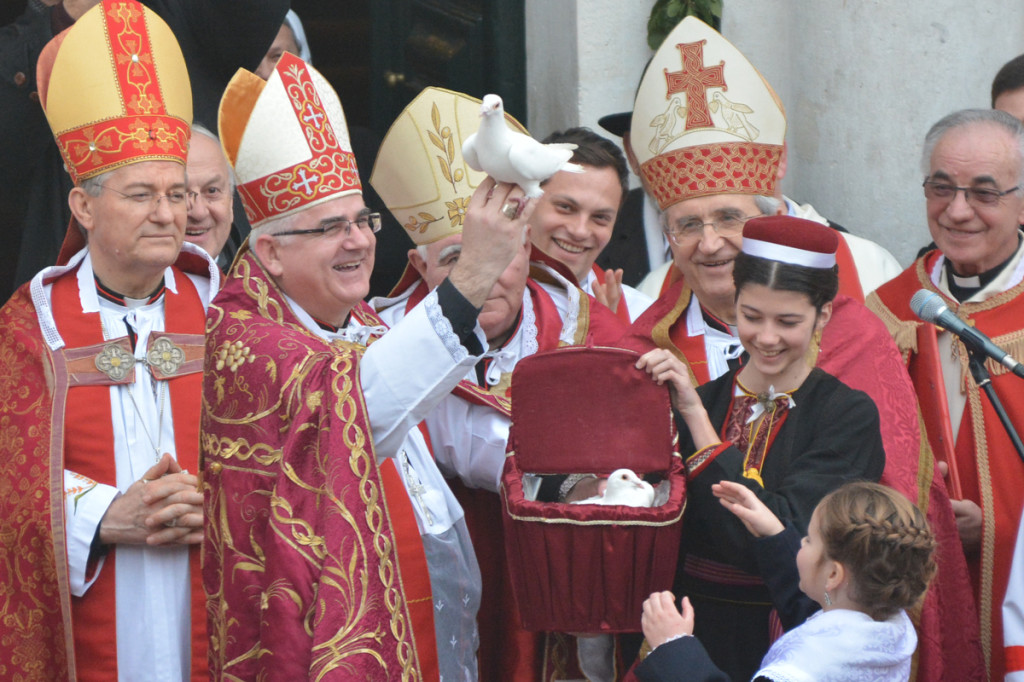
The streets are full to bursting; groups are standing in the Stradun, waiting behind their parishes’ standard bearers, chatting among themselves, exchanging jokes. Many are dressed in traditional costumes, worn with pride by pilgrims of all ages: beautiful brocaded bodices, red and gilt caps, ballooning dark blue pantaloons and brilliant silk sashes for the men, heavy black skirts on the women.
The older women wear starched white linen headdresses, the girls red caps or garlands of flowers. Other groups are in military uniform, carrying an assortment of weaponry, from antique crossbows and blunderbusses to serious modern hardware.
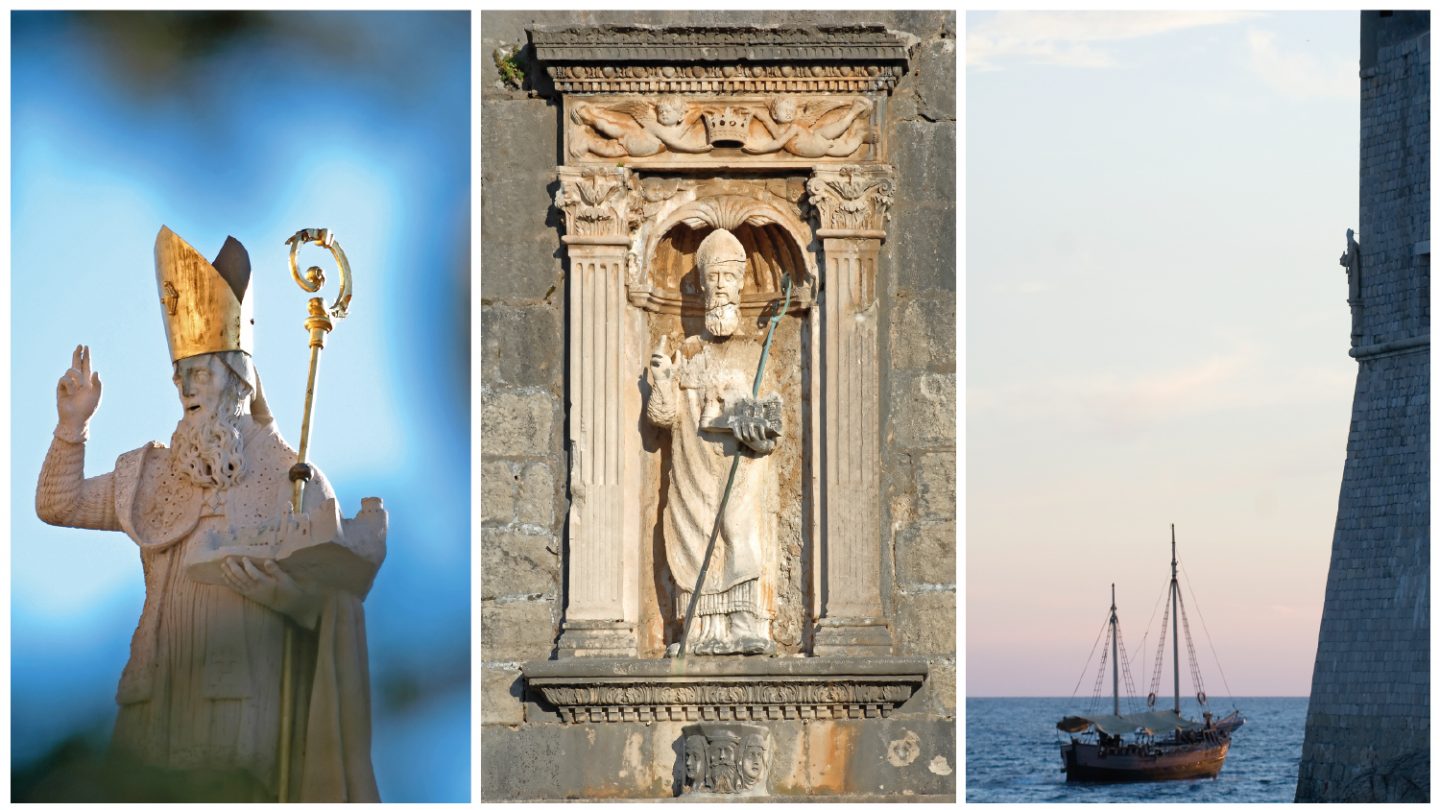
The festivity of Saint Blaise, patron of Dubrovnik is an exceptional example of intangible cultural heritage, recognized and protected by UNESCO, which has maintained its traditional and distinctive qualities and excellence of expression for over a thousand years.
Visit us on Instagram


